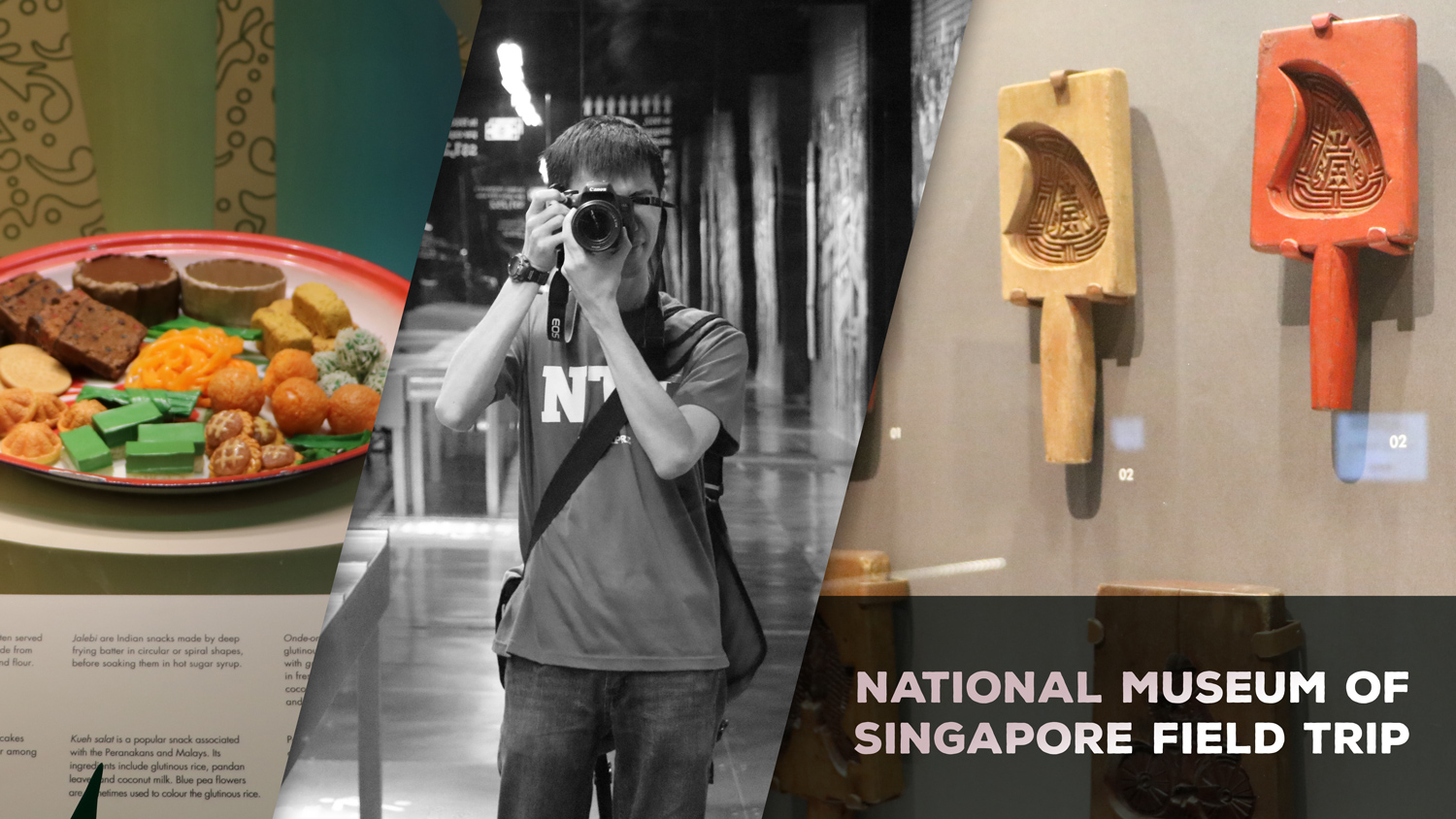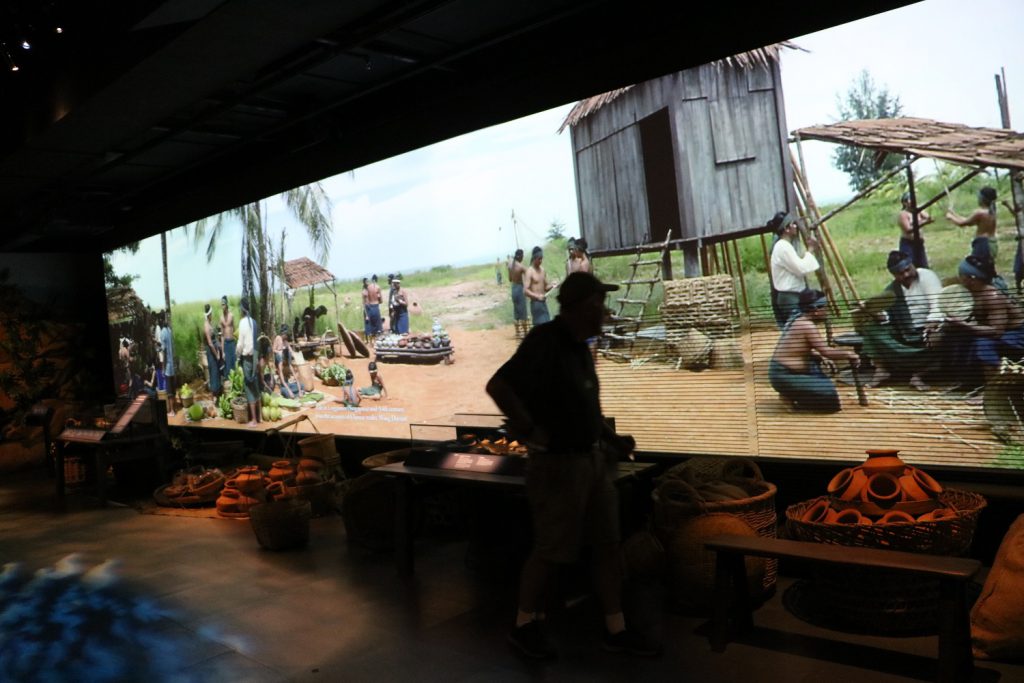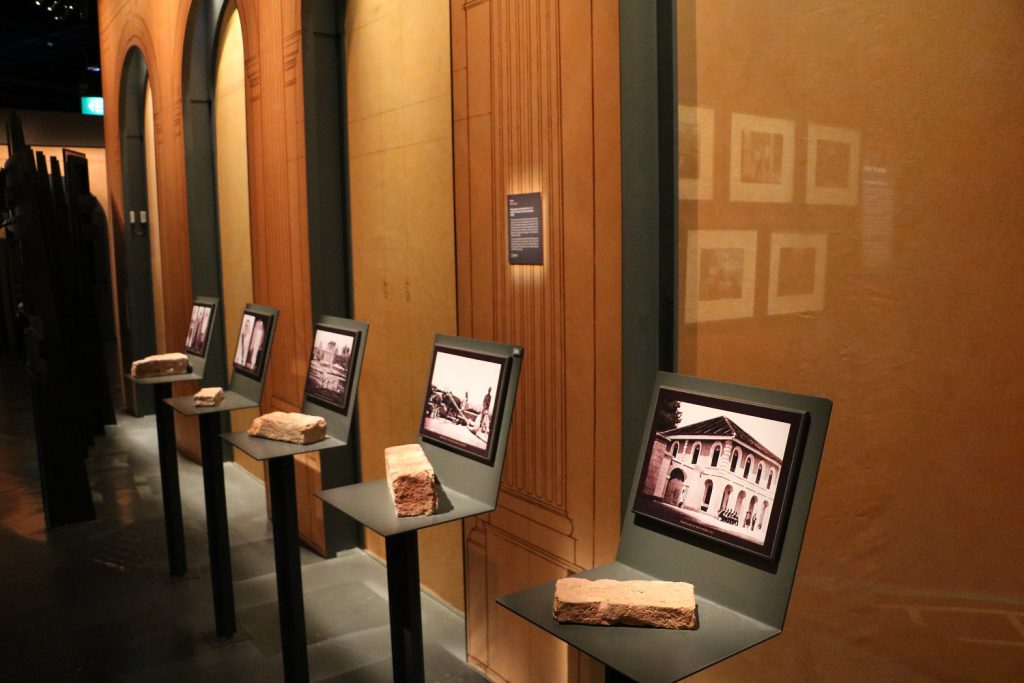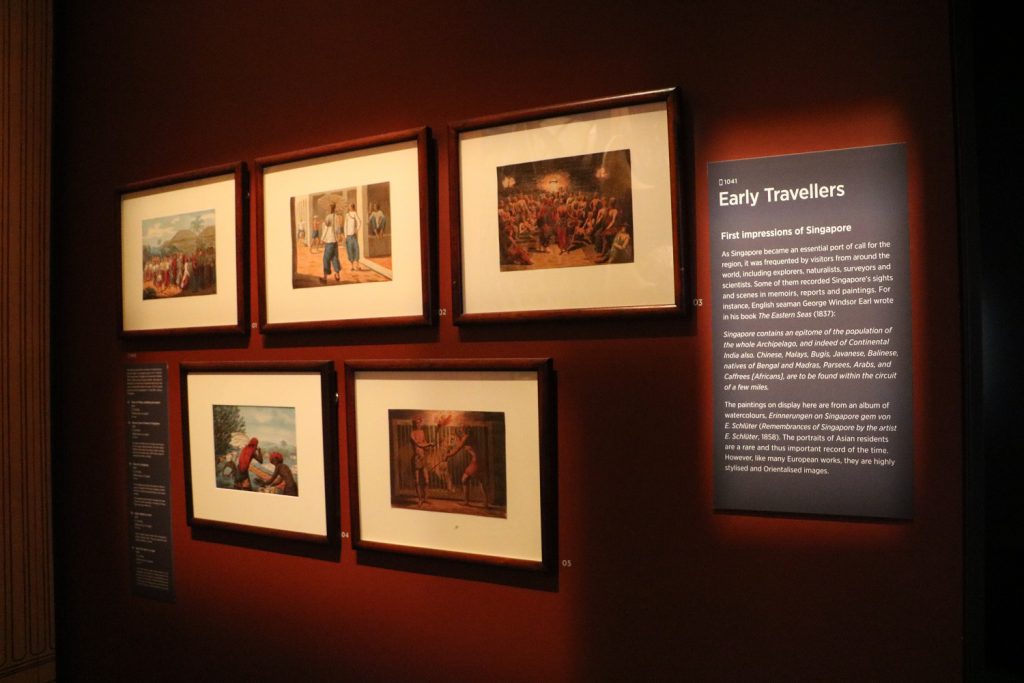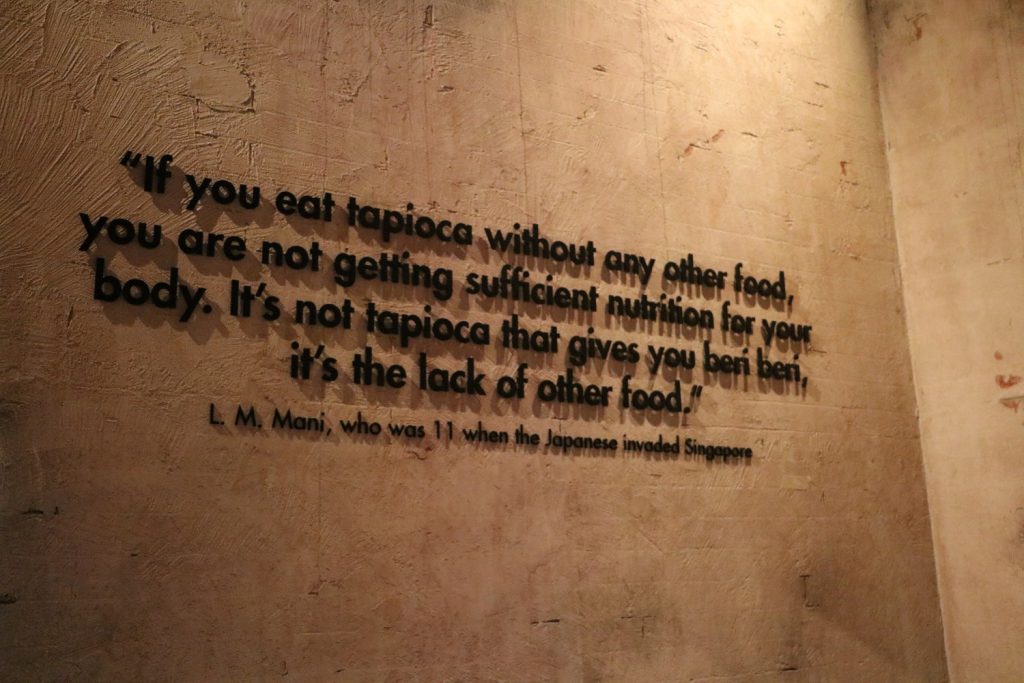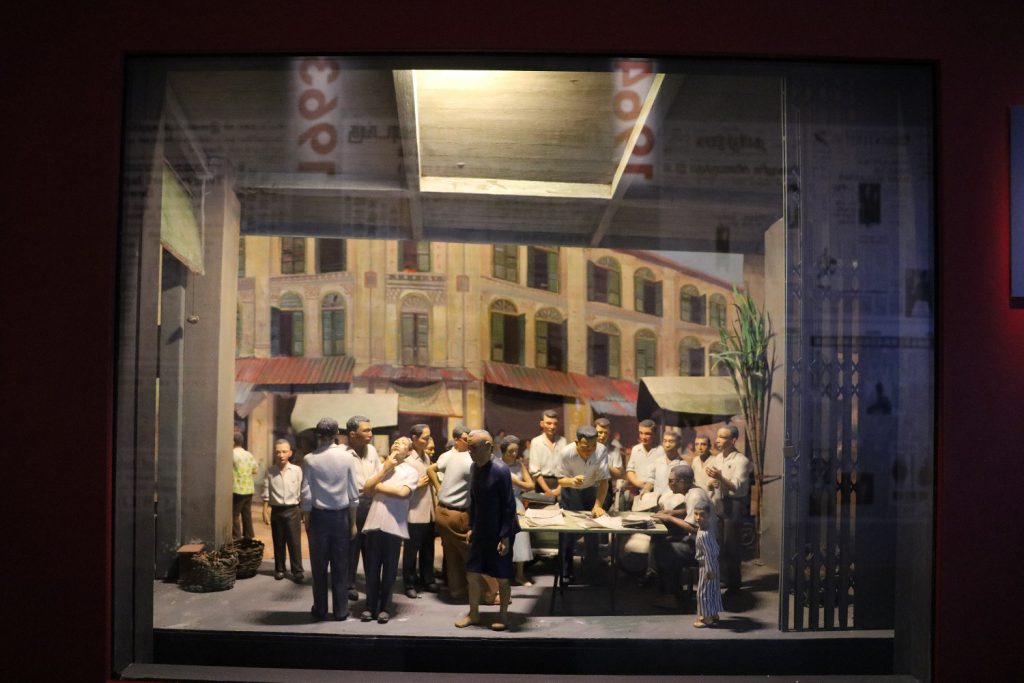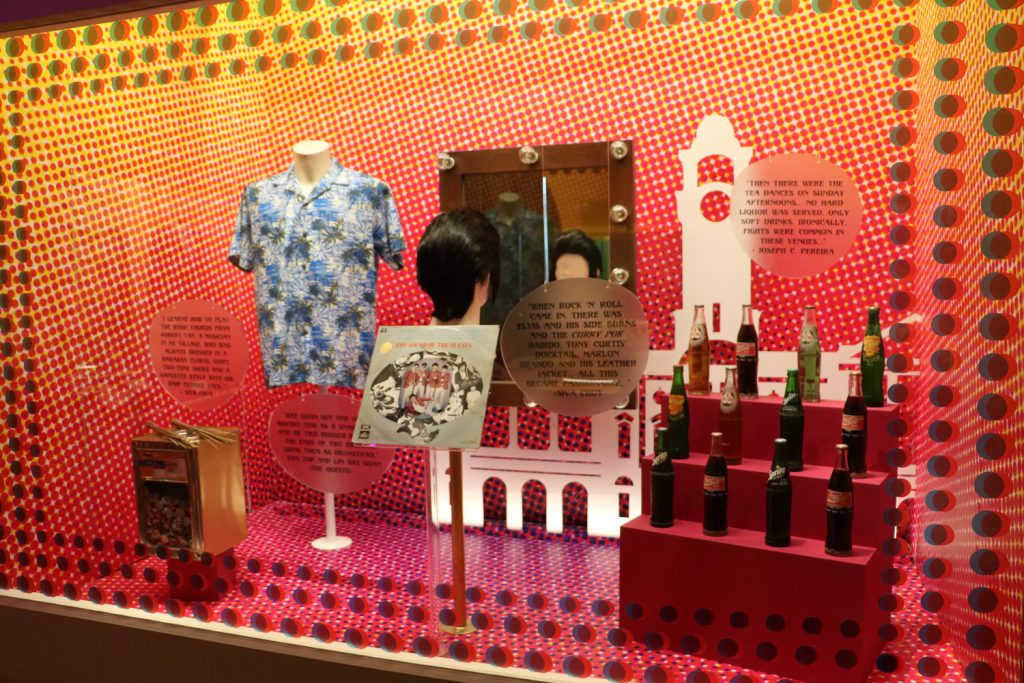(Re)learning The History of Singapore
Yesterday I went for a field trip to the National Museum of Singapore, hoping that the trip can help me better learn about the background of the research topic. It did, and I get a better understanding about that I should look at this project not just from mapping the physical space, but also the temporal space (14th century, pre-Raffles, early 20th century, WWII and merger & Independence) and what period should I isolate and focus on.
Moreover, I also learn that the social, political, economic and world events hugely influence people’s actions and that include the type of food that people eat – from the lower-class coolies to the high society Chinese families.
Pre-Raffles
There were probably settlements thousand of years ago and was known as Temasek (Old Javanese for ‘Sea Town’) and in Chinese as 淡马锡 (Danmaxi). It was later known also as Singapura (Old Malay for ‘Lion City’) by the prince of Palembang, Sang Nila Utama, who chanced upon a lion-like creature when he landed onto the island in the 13th century. He later founded a small city and ruled Singapura for ruled for 48 years before being buried with his wife foot of Bukit Larangan (present-day Fort Canning Hill).
It should be noted that there were already some small ports and/or settlements scattered around Temasek/Singapura before the arrival of Sang Nila Utama. The projection above is a recreation of how those people probably lived. There were evidences of trade with China, India, Thai, Vietnamese, Indonesia (specifically Java) and other nearby empires.
Given these information, one can assume the meal the natives and residents from Palembang probably ate fruits and vegetables like banana while also having access to spices from foreign land. They would probably have ate early Malay/Muslim dishes also Chinese villages are also recorded be present during that time too.
Crown Colony (1819 – 1941)
Sir Stanford Raffles and Major William Farquhar made a treaty with the local Malay rulers in Singapura to set up a duty-free British trading port. Singapura will forever never be the same again. The trading port brought many parts of the world together and many ideas and ways of cooking and eating while sometimes creating something new.
There was then a huge influx of migrants looking to trade, work and even to stop by for a spell. The large list includes European missionaries, Chinese/Peranakan merchants, Chinese coolies/majie, Indian merchants and Indian convict workers, and so on. Quoting English seaman Gorge Windsor Earl in The Eastern Seas (1837):
Singapore contains an epitome of population of the whole Archipelago, and indeed of Continental India also. Chinese, Malays, Bugis, Javanese, Balinese, natives of Bengal and Madras, Parsees, Arabs, and Caffrees (Africans), are to be found within the circuit of a few miles.
Watch from 9:25 to see a restaurant where rich people would eat their lunch/mid-day meals.
This got me to think that perhaps this is why so many dishes in Singapore are also found elsewhere as the trading of ideas from the migrants happened as early as 19th century and it is not limited to just India, China and Malaya. By 1938, more than 55% of the population are Chinese, which is divided between lower-class (coolies, majie, manservant, slaves), middle class, and high society Chinese (English and Chinese educated Chinese whose families own business, where women have more freedom than others).
So it is not just the region of people and where the food is from but who it is consumed by also place a part. For example, a coolie would not eat the same type of food as a high society Chinese. Due to their higher education, high society Chinese are known to emulate the Europeans eating habits and would eat both European/Eurasian dishes while also eating Chinese dishes (prepared by the majie and servants).
World War II
War time greatly changes the type of dish people eat. The lack of food means people have to resort to extreme measures to survive. Hunger was a real threat that can be proved fatal as well. I would probably make a post dedicated to wartime dishes after finish reading the Wartime Kitchen book.
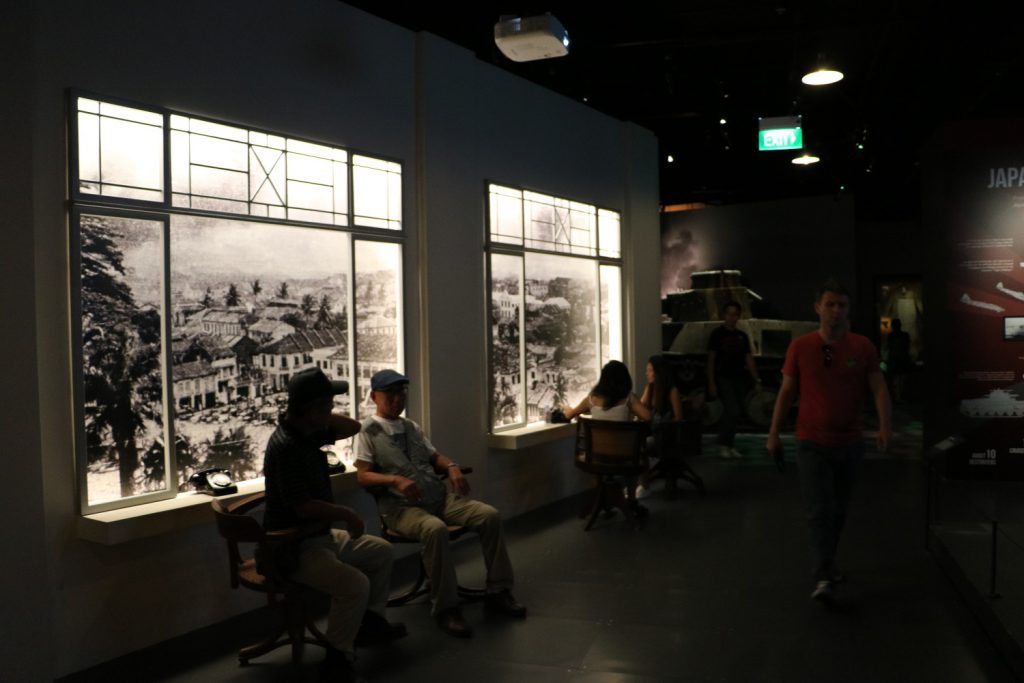
I had an unusual encounter when I was at the Japanese occupation section where 2 presumably SIngapore ladies, 2 Japanese old man (they were speaking fluent Japanese) and a western all at the same spot. How far we have come since the end of WWII, I thought to myself.
Post-World War II/Merger & Separation from Malaysia
Things became different when the war ended. As more youth became educated, some realize that perhaps Singapore don’t need the British at all. While all that is happening the eating habits of people in Singapore changed again, as more people are able to afford better meals.
Watch from 12:55 to see a meal eaten at a “sophisticate restaurant that cater to all taste”. Also see the later part for Singapore street food.
Presumably meals are either eaten at home or at roadside street (and perhaps Kopitiam from my knowledge of the history of Kaya Toast) as that was before the advent of hawker centre. The intriguing thing about the video is a Chinese street merchant selling satay – a commonly known Malay dish.
1965-1985
Perhaps the most colorful period (quite literally due to the popularity of color television) in Singapore history. Perhaps due to necessity for survival, multinational corporations were encouraged to set up in Singapore (side note, it was also helped by the Cultural Revolution in China where western companies left China), many western ideas and restaurants (such as McDonald’s and KFC) were introduced to Singaporeans taste bud.
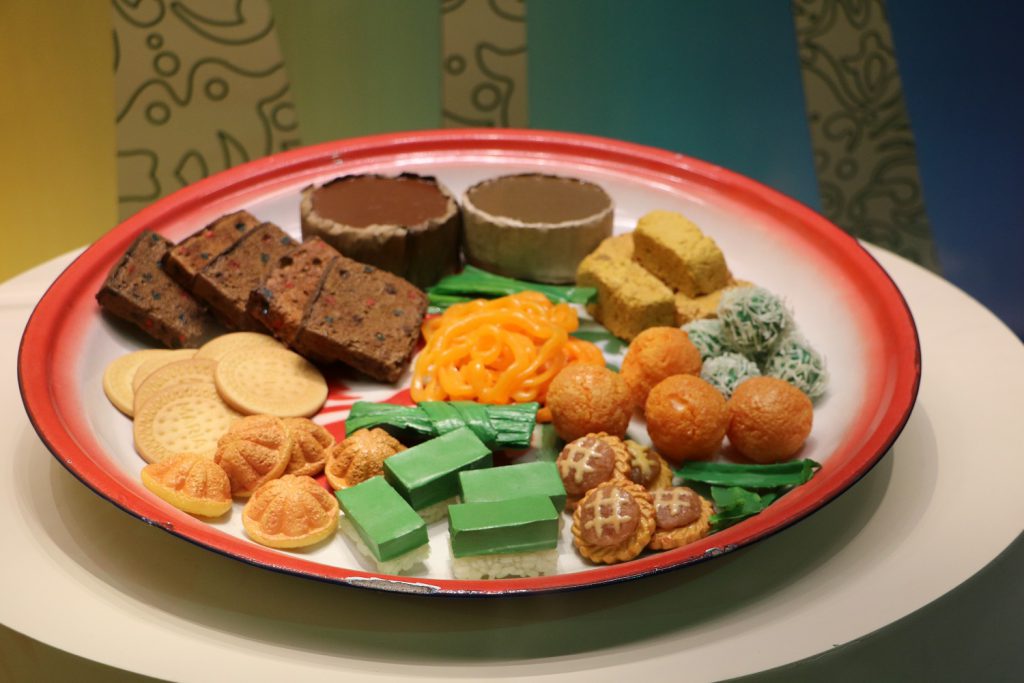
It was an interesting time too, as drinks and snacks have local, regional and foreign influences (ie Coca-Cola, Milo). The standard of living also increased as more people left kampong to live in HDB flats. This was also the period where it was the end of street food and the introduction of Hawker Centre.
See from 3:04 to see a typical meal by a middle class Chinese family.
Overall Thoughts
The visit of the galleries have extended my idea of the project and gave me a bigger view of seeing the history of Singapore through its food that people consume. I enjoyed taking my time thoroughly looking through each gallery to really understand the life and situation of people living here in the past.
I look forward to doing more research to understand even more of how the dishes can tell the story of Singapore, its relationship with the world and the livelihood of people at that particular period.
Useful Links
National Archives of Singapore
BookSG (A digital collection of Singapore and Southeast Asia’s print heritage)
